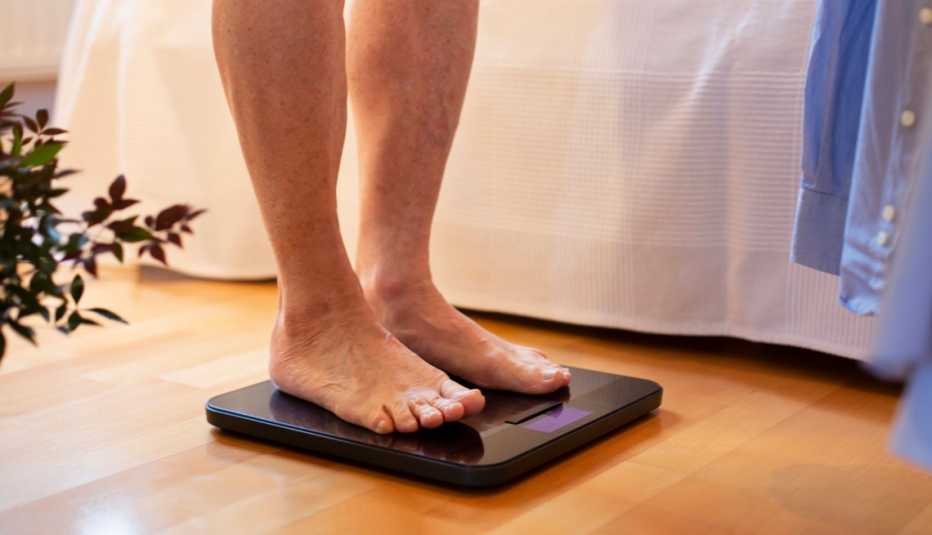AARP Hearing Center
Diabetes is one of the most common health problems in the United States. More than 37 million Americans have it, according to the Centers for Disease Control and Prevention (CDC), and roughly 96 million adults in the U.S. are at risk for it.
If left untreated, the disease can ravage the body, damaging the heart, kidneys, blood vessels, and nerves along the way. But many people with diabetes live long and healthy lives, thanks in part to medications that help keep it in check.
The menu of these medications runs deep, but one of the most talked about is insulin. Here’s what you need to know about the lifesaving treatment.
What is insulin and who needs it?
Insulin is a hormone made by the pancreas that helps the body use sugar, or glucose, for energy. You can’t survive without it, but in people who have type 1 diabetes — an estimated 1.6 million American adults — the pancreas stops making it, explains David Nathan, M.D., director of the Massachusetts General Hospital Diabetes Center in Boston. It’s thought to be caused by an autoimmune reaction, where the body attacks the insulin-producing cells in the pancreas by mistake, the CDC explains. And while it can strike at any age, it often starts in childhood. So for type 1 diabetics, taking insulin is a must.
People with type 2 diabetes — the more common form — make insulin, but their bodies either don’t make enough or don’t respond to it well. As a result, too much sugar stays in the blood. Risk factors for type 2 diabetes include age (being 35 or older, according to the National Institute of Diabetes and Digestive and Kidney Diseases), physical inactivity, a family history of the disease, and obesity or being overweight, among others. Taking insulin can help some type 2 diabetics keep their blood sugar at a healthy level, but not everyone with type 2 needs it. For example, diet and exercise may do the trick in certain individuals; others find success with pills or newer drugs given by an injection. Your doctor may even prescribe a combination of treatments.
All totaled, about 7.4 million Americans with diabetes rely on insulin.
Why is high blood sugar so dangerous?
If left untreated, high blood sugar (also called hyperglycemia) can become severe and may lead to an emergency situation, including:
- A diabetic coma caused by diabetic ketoacidosis, when acids called ketones build up to dangerous levels in your body. This is a life-threatening disorder that causes unconsciousness.
- Diabetic hyperosmolar hyperglycemic state, which can lead to life-threatening dehydration and coma.
Even nonsevere high blood sugar can have damaging consequences if left untreated, including vision loss, kidney damage, nerve damage, skin infections that may lead to amputations and an increased risk for heart disease and dementia.
Conversely, low blood sugar (hypoglycemia) can result from taking too much insulin (and other diabetes medications), mistiming insulin, not eating enough or other factors. If left untreated, hypoglycemia can lead to complications including dizziness, confusion and unconsciousness.
Source: Mayo Clinic, National Library of Medicine
What are the different types of insulin?
There are many different types of insulin products that are used to treat diabetes, and they’re divided into different categories, even subcategories, based on how quickly the insulin starts working and how long its effects last.
- For example, rapid-acting insulin gets to work right away — about 15 minutes after injection. It peaks at about 1 hour (this is when it is at its highest strength) and continues to work for 2 to 4 hours. This type of insulin is usually taken right before a meal.
- Regular (or short-acting) insulin takes a bit longer to reach the bloodstream — about 30 minutes. It peaks between 2 to 3 hours and lasts for 3 to 6 hours. Similar to rapid-acting, this type of insulin is also taken before a meal — about 30 to 60 minutes before you eat, the CDC notes.
- Then there’s what’s known as intermediate-acting insulin, which gets to work between 2 to 4 hours after injection, peaks between 4 and 12 hours, and is effective for about 12 to 18 hours.
- Beyond that, there’s a long-acting insulin category, which can lower blood sugar levels for about 24 hours, and even an ultra-long-acting category, which works for about 36 hours, though both of these types take several hours to reach the bloodstream after injection.






































































